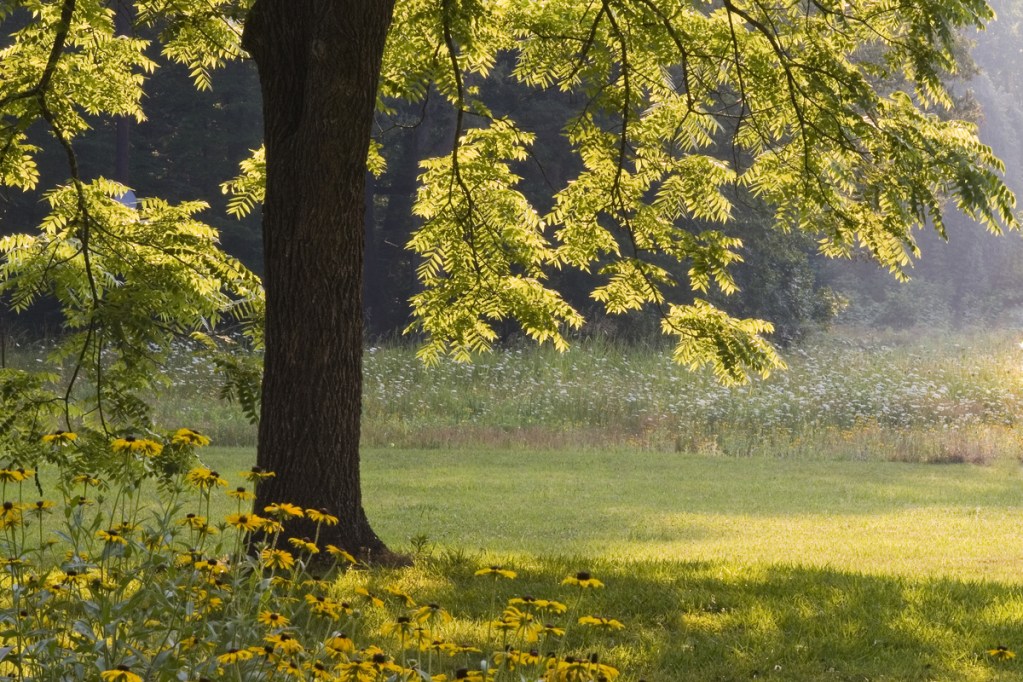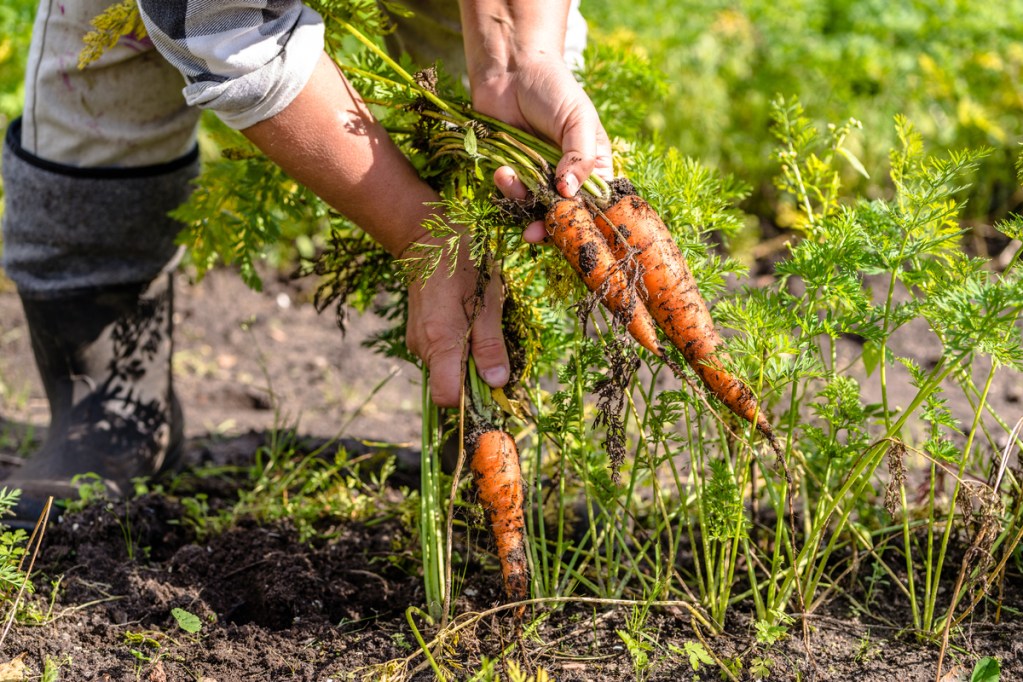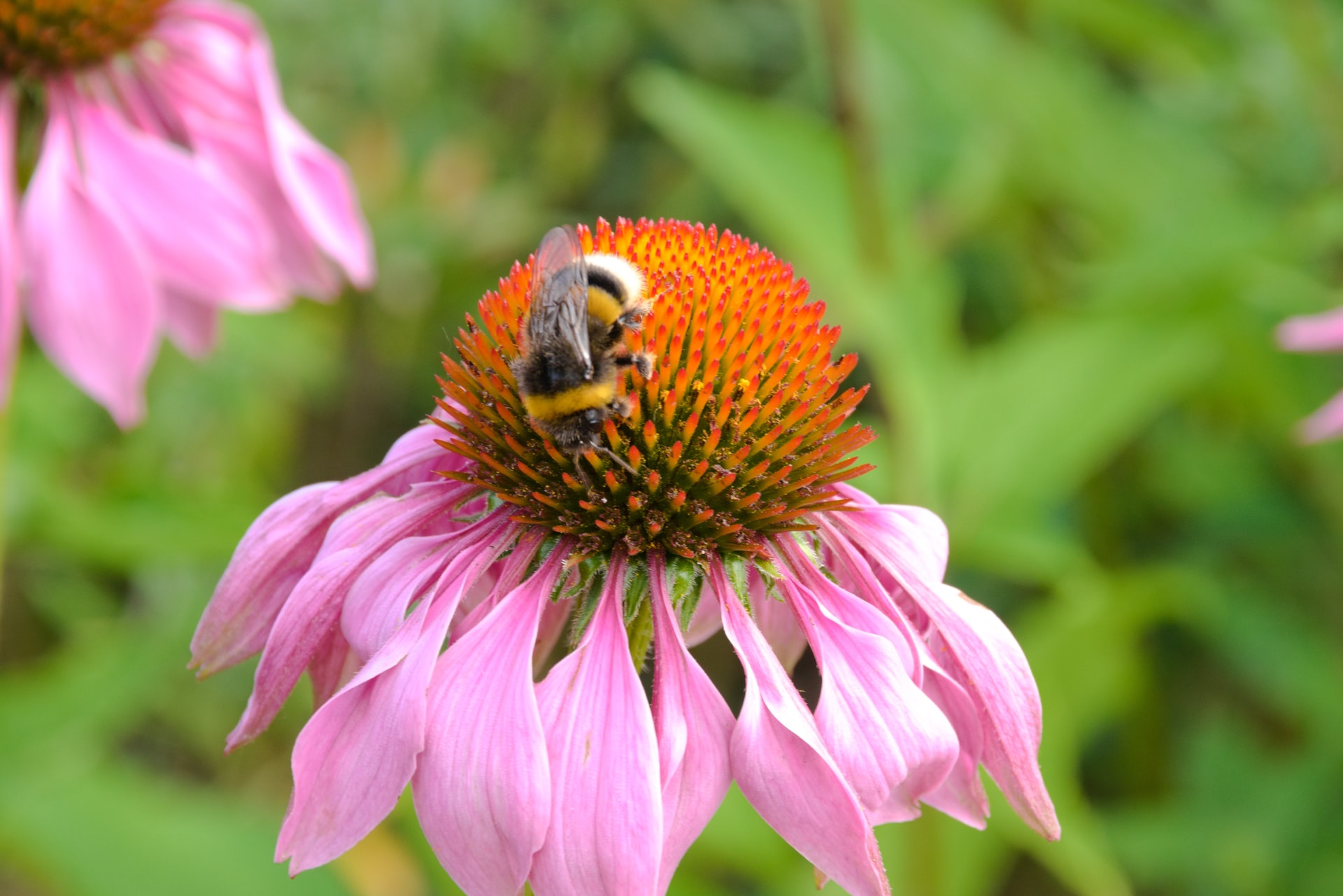When planting a garden, your landscape and ideas may not always line up with what’s best for the plants. It’s a good idea to begin your landscaping journey by taking notes about the type of sun each part of your yard gets. This way, you can be sure to put plants where they will be happiest. Not all plants are alike, and while they all want sunlight, they don’t all want the same amount or the same kind.

What kind of light is morning shade?
There are five categories of sunlight that gardeners fit all plants into. There’s full sun, partial sun, partial shade, dappled sun, and full shade. Each type has a long list of plants that love that kind of environment. Morning shade with afternoon sunlight would qualify as partial shade, but it is a specific type.
Many plants prefer the less harsh light of morning light and then want to be shaded during the hottest part of the day in the afternoon. There are, however, many plants that love being shaded in the morning while soaking up those bright rays in the afternoon heat.
Flowering plants that do well in morning shade
If you’re looking to plant some color around your home, here are some beautiful flowering plants that do great in afternoon sun and morning shade.
Baptisia (zone 3 to 9)
This beautiful purple flower is a spring bloomer that can grow up to four feet tall. Once its flowers fade, it grows inflated seeds up to two and a half inches long and turns black as they ripen.
Amsonia (zone 5 to 8)
There is never a dull moment with this flowering plant. Amsonias are a clump-forming plant and will have a new eye-catching feature during each season. In the spring, the star-shaped flowers are bright and clustered together. They grow up to three feet tall. When the flowers fade, the colorful green leaves take their time to shine as they slowly turn golden as it turns to fall.
Salvia (all zones)
This plant has many varieties in countless shades of color, ranging from pink and purple to orange and maroon. Not only can you find the perfect color for you, but you can also enjoy these colors over and over. Salvias bloom over and over, and some varieties can grow up to three feet tall.

Peonies (zone 4 to 9)
There are three types of peonies to consider. Tree peonies flower in mid-spring. Herbaceous peonies are about three feet tall and come in various colors and flower shapes. Itoh peonies have huge blossoms and won’t grow over three feet tall. All of them are low-maintenance plants and have a wow factor when in bloom.
Hosta (zone 3 to 8)
A plant most of us know and love, the hosta is a hardy large-leafed plant that comes in many varieties and colors. They flower in late spring or summer, and their bloom will grow high above the leaves, creating an almost firework effect.
Virginia bluebells (zone 3 to 8)
This delicate flowering plant is a stunning early spring bloomer. Bluebells have trumpet-shaped blooms that range in color from pink to purple. The leaves are a blueish-green color and will die back to the ground as the days get too hot and long.
Impatiens (zone 1 to 8)
This flower not only loves morning shade and afternoon sun, but it can also tolerate the mild summers of colder zones to the hot summers of zone 8. Most varieties do not grow over one foot in height, but they do come in a wide range of colors like red, pink, yellow, purple, coral, white, and violet.
Coneflowers (zone 5 to 8)
These classic flowers are a staple in many landscapes. They produce stunning bright flowers that typically have magenta petals with an orange or redish center. Coneflowers are upright and will grow as if trying to touch the sky.
Daylilies (zone 3 to 9)
Daylilies come in many varieties with one or more blooming almost any time during the spring, summer, and fall. They come in a range of colors, and the blooms can grow up to six inches across.

Vegetables that do well in morning shade
When looking for a veggie to grow in the morning shade and afternoon sun, check out these yummy vegetables that love this type of light. These could be great plants to put next to taller crops that might shade their neighbors or container pots that sit on your deck or porch.
- Carrots (zone 3 to 10)
- Celery (zone 2 to 10)
- Bush beans (zone 3 to 10)
- Cucumbers (zone 4 to 12)
- Climbing peas (zone 2-11)
No matter if you’re looking to fill a shady morning spot with some color or some edible plants, these are great options for your garden. Remember to look into your zone to be sure you can successfully grow a plant before investing.
Meanwhile, if you’re looking for more options, check out which fruit trees thrive in shady backyards.
Editors' Recommendations
- Everything you need to know about choosing the best rocks for landscaping
- 6 tips you should keep in mind when building your own drought-tolerant garden
- Grow your indoor or outdoor garden and support these Black-owned plant shops for Black History Month
- Do you live in climate zone 10? Here’s our guide to choosing the perfect climate zone 10 plants
- What to do with an old Christmas tree: 6 ways to recycle your tree after the holidays





